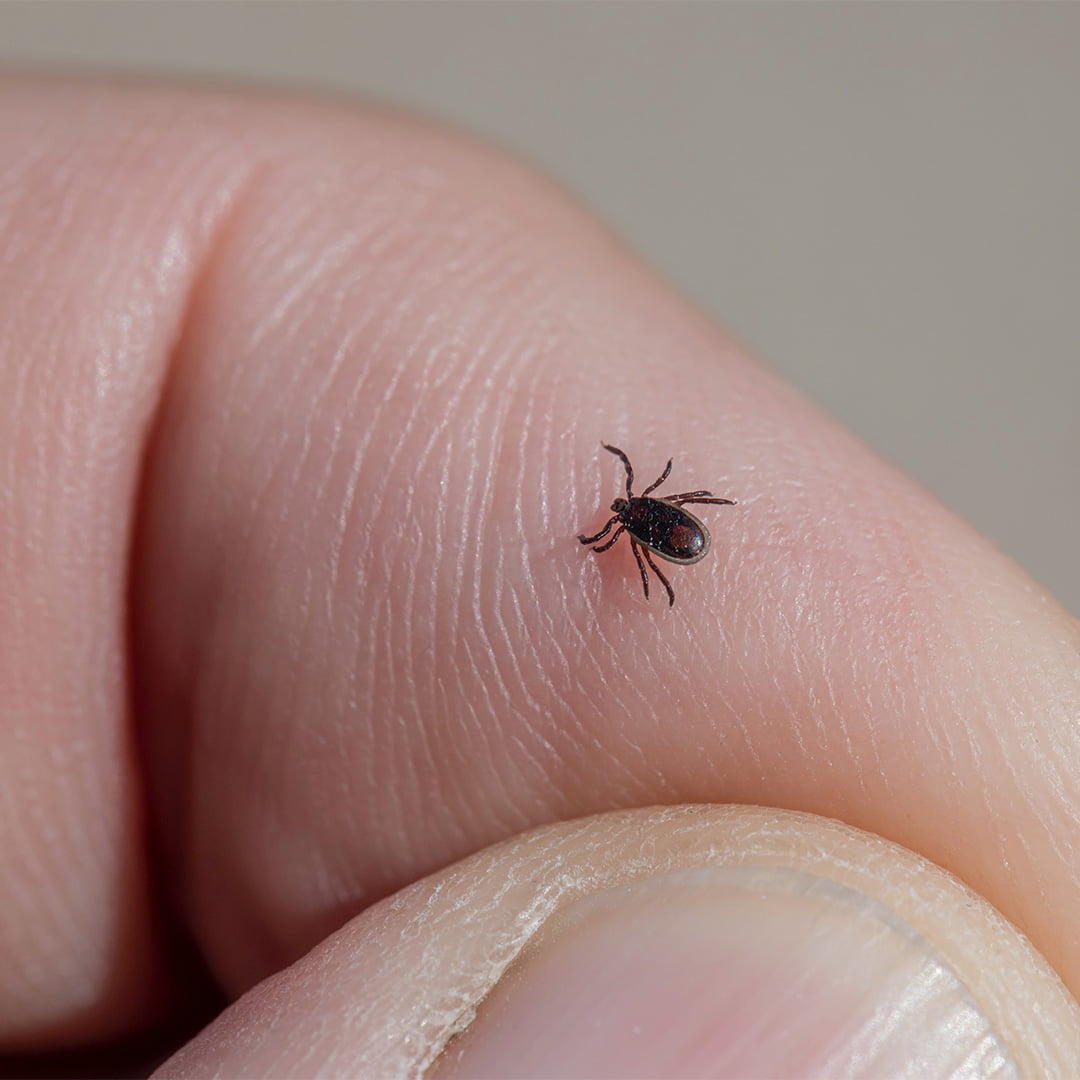Hyalomma
There are many known Hyalomma tick species, but only Hyalomma Marginatum and Hyalomma Aegyptium occur in Europe. They are a threat mainly in southern European countries because of their association with the Crimean-Congo virus.
Where does the Hyalomma tick occur?
The Hyalomma tick originates from Africa and also lives in Asia, but has been spotted more and more in Europe in recent years. The tick seems to have entered the continent via Spain and Turkey and is becoming an increasing problem.
Some species not only infect humans, cattle and rodents, but also (migratory) birds. The infections carried by these ticks can therefore easily be spread across the rest of the world.
The Hyalomma is mainly active from June to October and strikes most often in July and August. If there has been a mild winter, there are more ticks in spring and autumn than originally. The number of ticks in summer is also considerably higher. They are most dangerous at temperatures between 22 and 27 degrees and most victims fall.

Life-threatening Crimean-Congo fever caused by Hyalomma
The Hyalomma tick is considered one of the transmitters of the Crimean-Congo virus, which kills thirty to fifty percent of infected people. The first symptom of Crimean-Congo flu is flu with nosebleeds. After a few days, the liver begins to swell and subcutaneous bleeding occurs. It is also possible that important organs stop working. There is no treatment for this life-threatening disease, so avoiding infection is essential.
